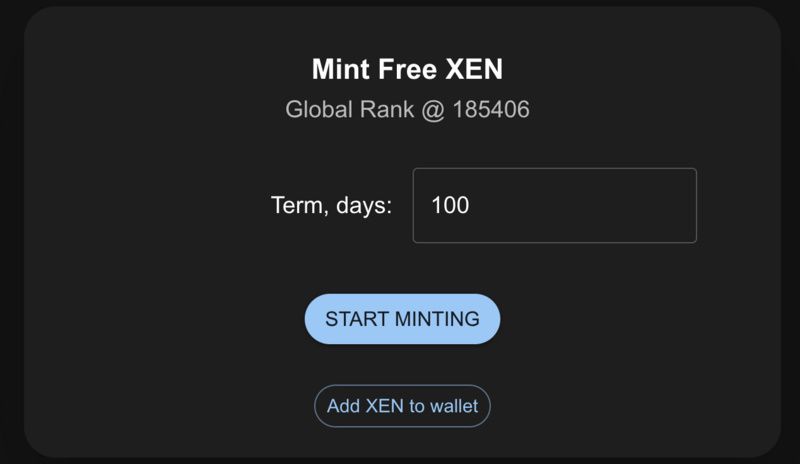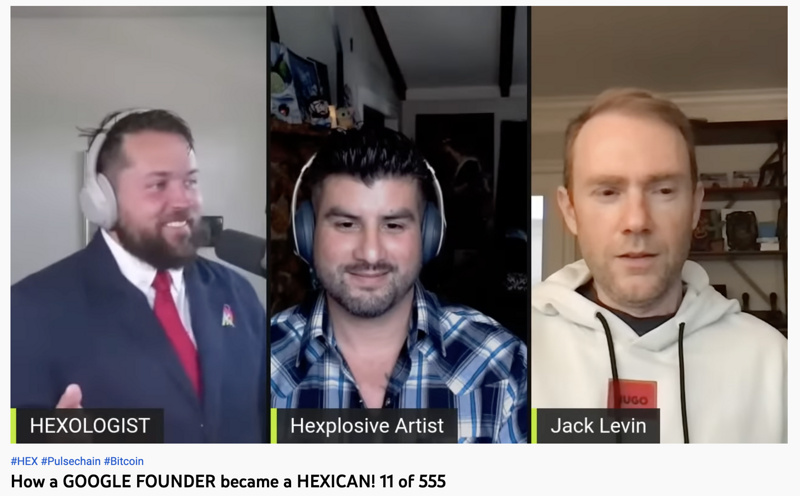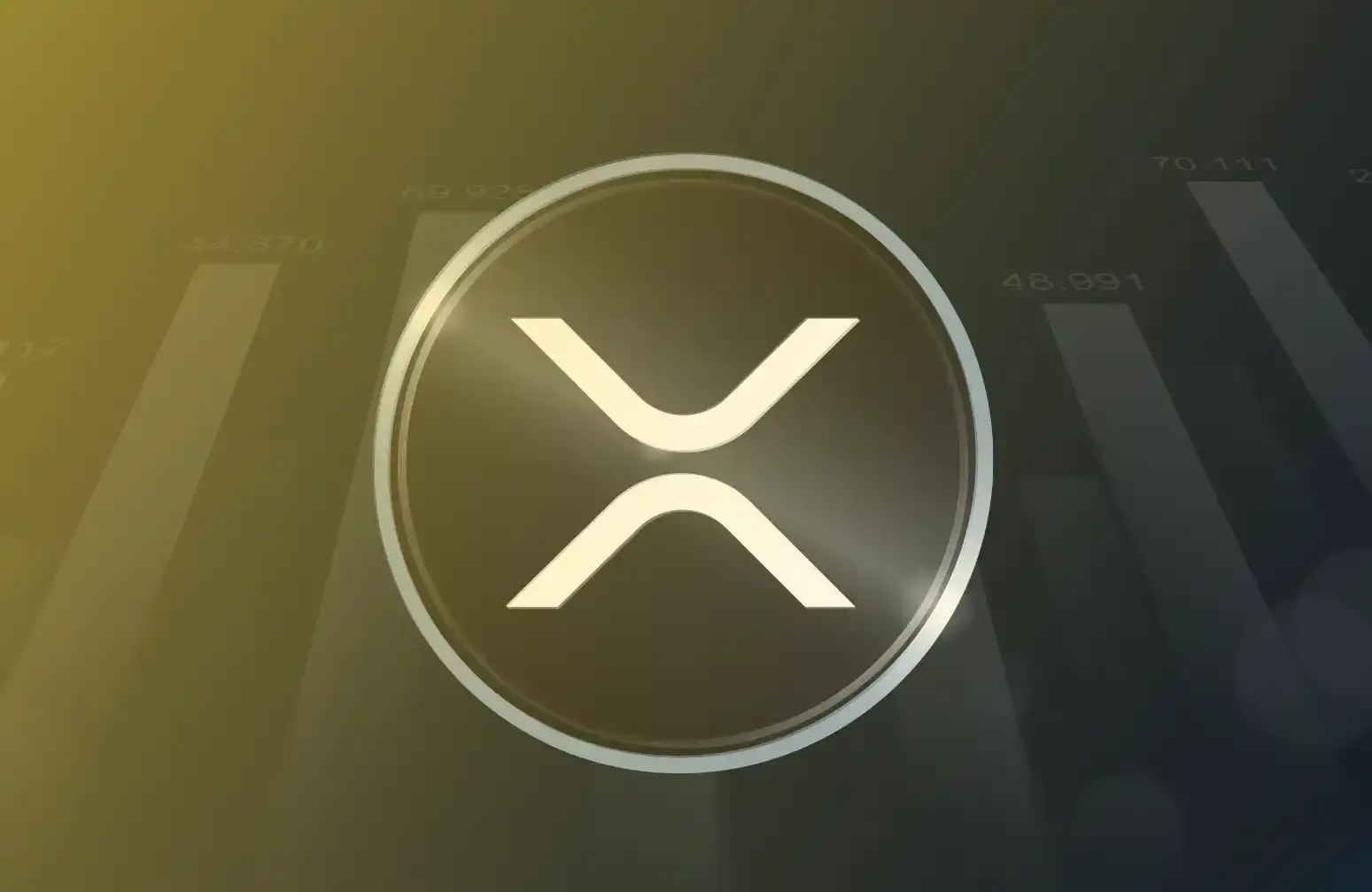Former Google Employee? Led the Zeroing of Shitcoin? Analyzing the Background Controversies of the XEN Team
Author: Loopy Lu, ODAILY Planet Daily
Last night, Ethereum Gas prices surged, and a project called XEN once again triggered a Gas War. Dune data shows that as of the time of writing, XEN has consumed 1,184 ETH, accounting for 45% of the total destruction on the network today. Approximately 158,000 addresses have participated in the project's mining.
The project's popularity continues to soar, but the team's true reliability has raised various doubts, and the identity of the founder is shrouded in heavy suspicion. This article digs into multiple sources to attempt to unveil the mystery behind this project for readers.
What is XEN?
The XEN white paper indicates that the project uses PoP proof, or proof of participation. XEN has no pre-mined coins, hidden switches, admin keys, or original (OA) wallets. It allows free minting, starting from zero supply, and will only be minted by participating communities, with no maximum supply limit.
Although XEN has no upper limit on supply, its output difficulty increases logarithmically, making it increasingly difficult to produce as more participants join, ultimately approaching a halt in growth.
The project mints through a time-locked reward system based on minting and continuously manages token rewards according to the total number of participants. The number of tokens a user can obtain follows the formula below.

In simple terms, the earlier a user participates in minting and the longer the chosen lock-up time, the more XEN they will produce.

Users can freely set the duration of their mining lock-up.
After minting XEN, users can stake it, with the APY decreasing by 1 percentage point every 90 days, starting from an initial APY of 20%, which remains unchanged when it drops to 2%. The staking period can be selected within a range of 1 to 1,000 days, and once selected, the APY remains constant. Users can cancel their staking at any time and retrieve all staked shares, but unstaking before the end of the staking period will not yield staking rewards. In other words, the earlier the staking and the longer the selected staking period, the longer users can enjoy a higher APY.
XEN is led by the Fair Crypto Foundation, which, as its name suggests, is closely related to the common concept of "fairness" in the crypto community. Information on its official website indicates that the Fair Crypto Foundation aims to empower individuals to navigate the ever-evolving world of cryptocurrencies. The organization hopes to create more economic freedom through research, development, and community building. With this freedom, individuals can adjust their economic energy without being hindered by centralized control systems.
However, beyond this, the official website does not disclose more specific information, plans, or proposals.
Doubts About the Founder’s Background
The most discussed topic in the community is XEN's founder, Jack Levin, whose Twitter bio states that he founded the cloud photo product Imageshack, while a more notable credential is that he was Google’s 21st employee.
Odaily Planet Daily found that multiple public sources indicate that Google’s 21st employee should be Marissa Mayer. She worked at Google from June 1999 to July 2012, serving as VP before leaving to become the CEO of Yahoo.
The identity of XEN's founder has become a topic of much debate within the community. Besides the founder, the XEN team also includes three contributors.
In addition to the "real or fake Google employee" discussions, many people also question the intricate connections between XEN and HEX, which previously triggered FOMO in the crypto community and emphasized the concept of fairness.

On XEN's website, it specifically states the differences in mechanisms between XEN and HEX. Additionally, the XEN team includes early holders who have been involved since "day one" of HEX (the rightmost person in the image above). Furthermore, Jack Levin has also appeared to support HEX.

HEX's official website describes it as an on-chain "fixed deposit." Users can deposit HEX tokens to earn HEX rewards, with longer lock-up periods resulting in more rewards. Its concept and mechanism share certain similarities with XEN. HEX reached a price of $0.48 in September 2021, and is currently priced at $0.032, having dropped 93% from its historical high, leading many investors to "defend their rights."
Moreover, the HEX team's style is quite ostentatious, with its founder Richard Heart frequently showcasing luxury cars, watches, and other luxury items on Twitter to prove his wealth, even stating in his bio that he owns the fastest Ferrari and the most expensive Rolex. If the two projects are run by the same team, it is hard to convince people that XEN is a project that will be operated seriously in the long term.
Who is Jack Levin?
While the employee number may not be accurate, Jack Levin is indeed an early employee at Google and has founded two companies, Nvenfy and ImageShack.
Nvenfy developed the Imagizer media engine, which primarily accelerates image transmission, compression, and resizing, eliminating the need for storing resized images and freeing up storage space for clients. ImageShack is a cloud photo product that provided a service called YFrog for Twitter. It was used as the backend infrastructure for Twitter to run images and videos and present them to the community.
Crunchbase data shows that Jack Levin is not only a successful serial entrepreneur but also an angel investor. He has participated in financing for five companies, including tbh, Peer5, Luciding Inc, Wakie, and Anima ID, investing in either seed or angel rounds.
Community Rumors and Investor Caution
There are also rumors in the community that the XEN founder has stolen Jack Levin's identity, but after multiple verifications, the authenticity of this rumor remains unconfirmed.

Angel investor and serial entrepreneur Jack Levin (Image source: Crunchbase)
XEN founder Jack Levin has appeared in multiple YouTuber video interviews, and from the videos, it is indeed the same Jack Levin as in previous photos. Additionally, the official Twitter of the Imagizer product developed by Nvenfy has also retweeted the interview video.

Imagizer's official Twitter retweeted the interview video with crypto KOLs.
Here, Odaily Planet Daily still wants to remind users that the market is currently deep in a bear market, lacking fundamental innovation. Many so-called "decentralized" projects are driven by speculative attributes, attracting attention solely through temporary hype.
DYOR, carefully verify the authenticity of the information disclosed by the project parties and the potential risks, in order to find the most correct path and discover hidden treasures in this land full of uncertainties.










